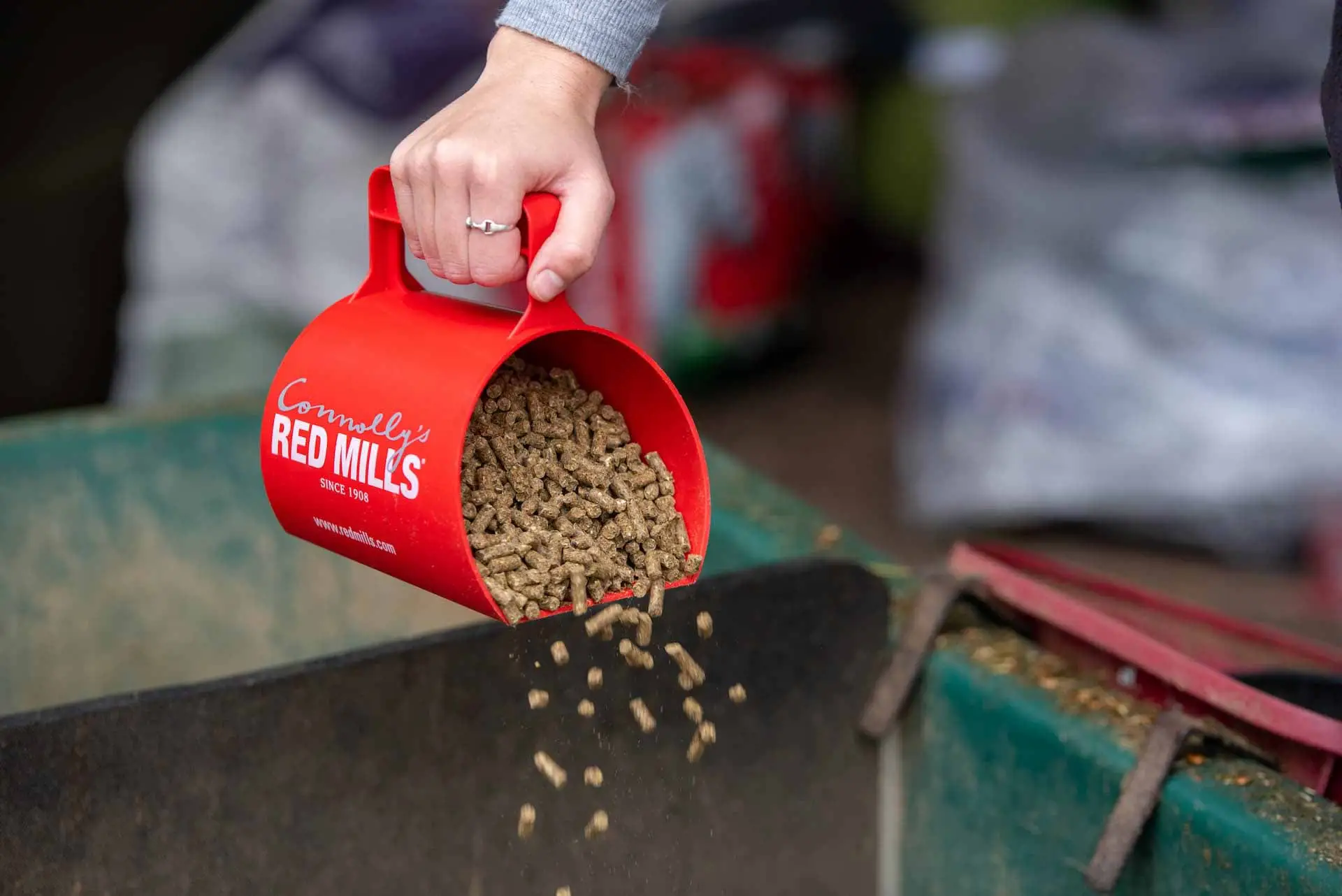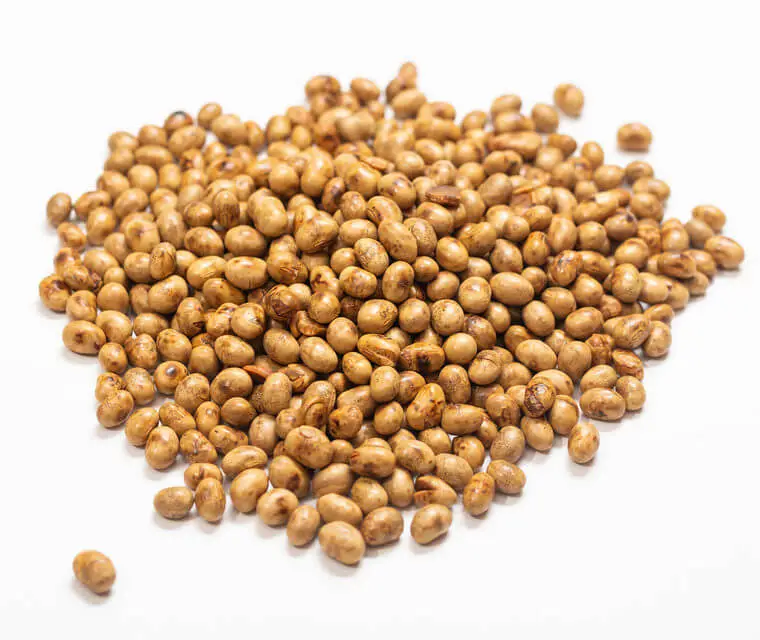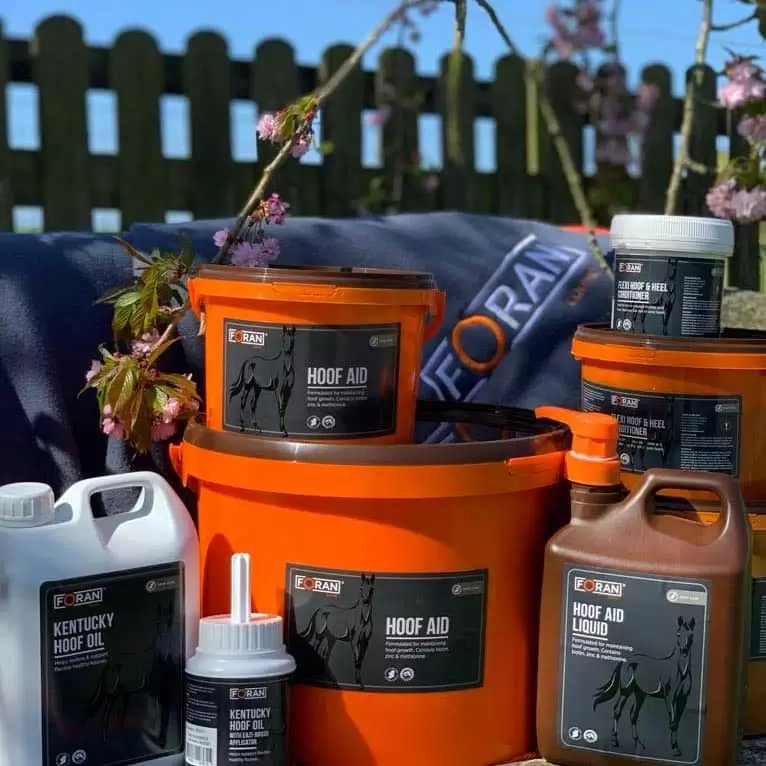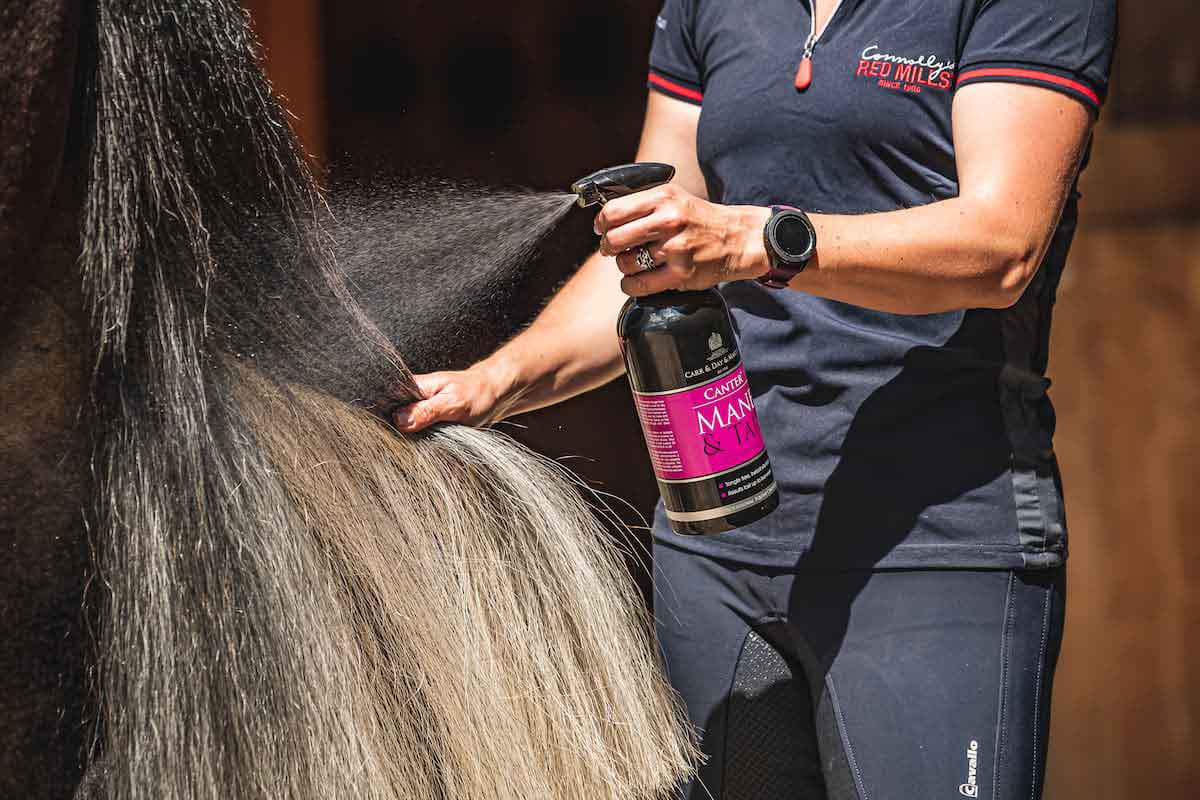Apr, 2022
In recent years, the Thoroughbred has shown that it has more ‘strings to its bow’ than previously believed. Horses like Barber Shop (showing) and Artic Soul (eventing) have proven that these equine athletes can make the most of a new career beyond the track and reach the top level of new disciplines.
Adam Johnson, the UK Thoroughbred Manager, spends his time heading up the Racing and Stud business and oversees the team of Thoroughbred Specialists and Nutritionists for RED MILLS in the UK. Here, he discusses the process he follows when retraining racehorses for a life away from the track.
Outside of work my passion for the Thoroughbred breed runs deep, having worked in racing as a teenager growing up in Lambourn, I always wanted to be able to help provide ex racehorses with an opportunity to show how adaptable they can be away from the racecourse. Racehorses can make fantastic sport horses; I know from experience! With both a racing and eventing background this is something I have been involved in for a long time and I spend my time away from RED MILLS giving racehorses a second chance. The process we follow consists of 3 crucial stages that I believe works to help the horse’s transition between careers.

All applicants may apply
We are generally not particular about the horses we will take to retrain. If they are sensible and sound, we are of the mind-set that most horses can be re-educated to a certain degree. The horses we take in come from reliable sources and from people whom I can trust. How good the horse can be can vary a great deal, but the majority can be taken from point A, in full training, to point B, ready to become someone’s sport horse companion, in around 12 weeks.
The first lesson we learnt was that form book has little correlation to their future career prospects. Some of the worst bred and odd-looking horses have turned out to be quickest learners, whilst we have also had beautifully bred, gorgeous looking types that prove to be clumsy, stubborn and just a bit clueless. They come in all shapes and sizes, and normally arrive at our door having proven unsuitable for racing.


Let them be a horse again!
To start with, all the horses we take on are turned out the day they arrive. First and foremost, it’s vital for them to relax, graze and become a herd animal again. Some find it easier than others to adapt to new way of life, but we always find that this period of time allows us to monitor the horse’s behaviour before we attempt to work with them under saddle. They are usually turned away for 2-4 weeks, but often it can be longer if they are struggling to acclimatise. Time out grazing allows the horse to begin to disassociate itself from its previous daily routine. Without this stage, we couldn’t proceed, and believe me we’ve tried. If you try to rush this process it can backfire and the experience becomes negative for them. The experience must be positive for the horse, they have to want to learn. You must remember everything they have known has been the routine of being in a racing environment, and whilst we may think that taking them out of that routine may be positive, to the horse it’s quite an unsettling time. One negative experience can set them back in their development and interrupts the process.
Introducing the basics
Once they are in, we start a six-week programme to introduce and educate them in the basics. Week 1 and 2 consists of lunging and taking the horse through some very relaxed gridwork. It never ceases to amaze me how many racehorses thrive on simple dressage techniques. Nothing too demanding, but you quickly get a feel if the horse has an appetite to learn. Week 3 and 4 consist of mainly schooling. I find the ex-flat horses so much easier to teach to jump, as they are starting from scratch. With the ex-National Hunt horses, it’s harder because they have already been taught to jump low, flat and fast; just because they have jumped a fence doesn’t mean they can jump poles as well. The final 2 weeks consists of an introduction to some basic cross country fences at home and at a local schooling venue. Not only does this give us some indication if the horse will be suited to this discipline but it can also give us a good idea of how brave the horse is likely to be. This helps us to decide if should we sell them on to a rider who wants to event.

By the end of this process we have a good idea of which discipline the horse is best suited to and how best to market them to find the right rider. If at the end of the 6 weeks the horse isn’t ready, then they repeat aspects of the programme. We never rush any horse and allow them to tell us when they ready to move on.
Through this process, I feed all my horses RED MILLS Horse Care 10 Cubes. We need a feed that not only keeps the horse in excellent condition, but also fits the low starch, slow release energy profile that’s vital when teaching them new skills. Horse Care 10 is a non-heating product that provides energy for the horse without contributing to excitable behaviour. It also keeps things simple from a feeding aspect; I’m yet to find a horse that doesn’t thrive on them and I can give them to horses at any stage of the process. Most horses are fed 1 Stubbs scoop (approx. 2kg) twice a day, although this is adjusted according to condition and workload, with a double hand full of chaff and they also have ad lib haylage.

Finding the right home
Finding the right home for a retrained racehorse is the key element of this entire process, as you want to be sure that after all the work of helping the horse adapt to a new way of life that you are moving them to a home/rider that will continue their development. The important thing to remember is that we are not selling the finished article. Far from it, the success of the horse’s future will depend on the rider to continue their development. All we have done is educate them and manage the transition from a racing environment to a level where they can safely start their career with their new partner. To date we have successfully retrained in excess of 50 horses and all are now enjoying a new challenge in life.










